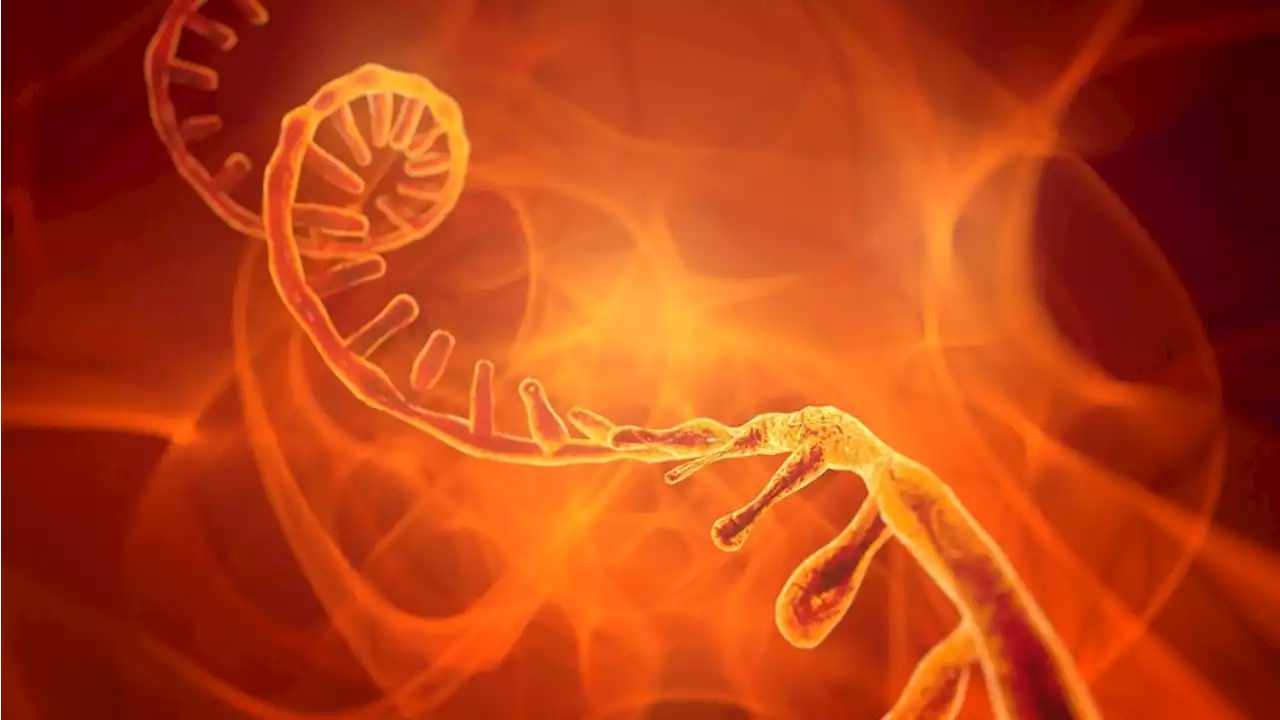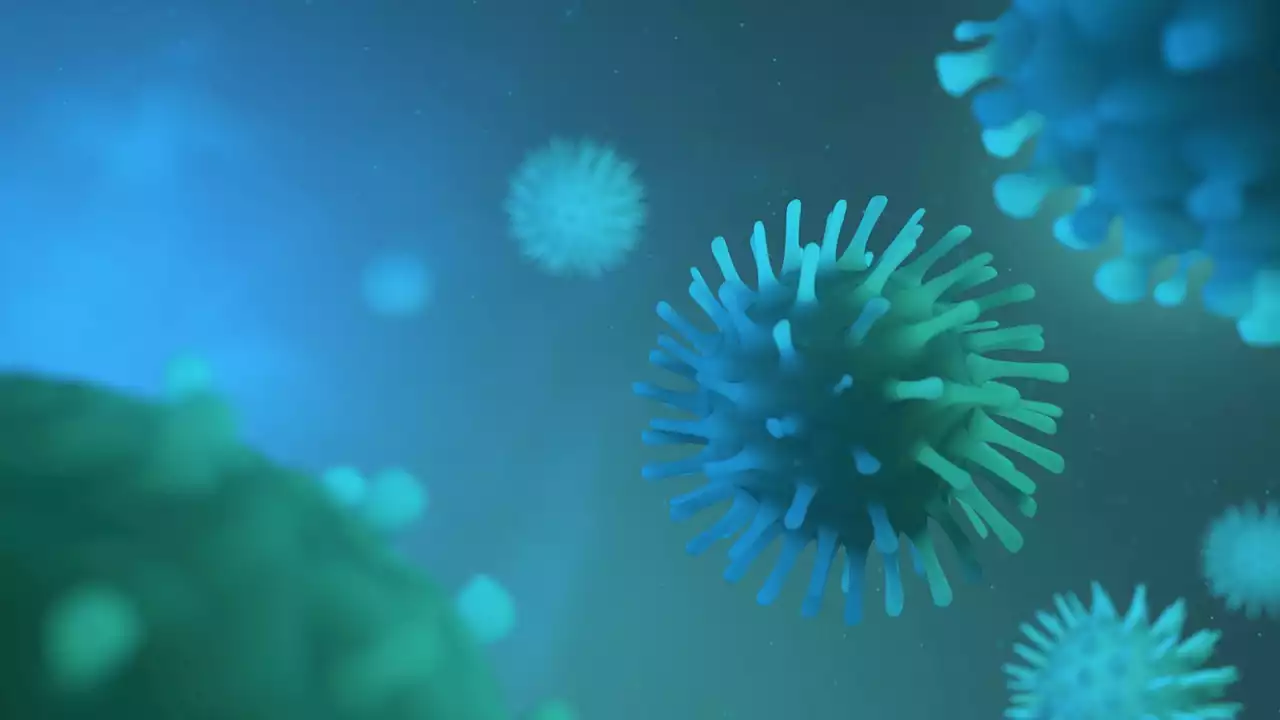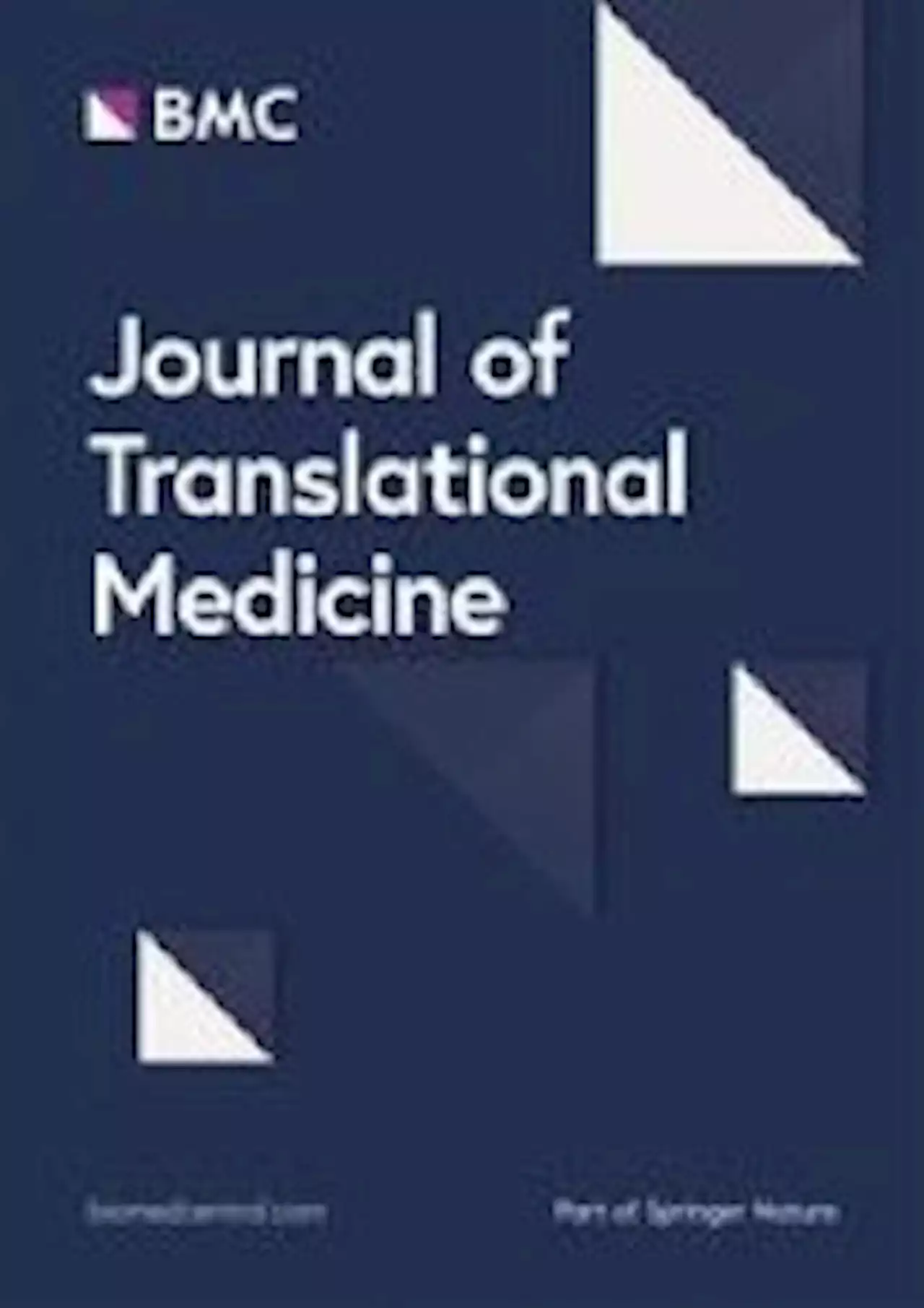How do clinical outcomes in patients infected with different Omicron subvariants differ? medrxivpreprint HopkinsMedicine JohnsHopkinsSPH Omicron COVID19 coronavirus covid infection disease
By Dr. Chinta SidharthanSep 27 2022Reviewed by Danielle Ellis, B.Sc. In a recent study posted to the medRxiv* preprint server, researchers compare the clinical outcomes, upper respiratory viral loads, and viral recovery of different severe acute respiratory syndrome coronavirus 2 Omicron subvariants on cell cultures.
About the study The present study used the remnant lateral mid-turbinate nasal or nasopharyngeal swabs from testing symptomatic and asymptomatic patients at the Johns Hopkins Health System between December 2021 and July 2022. The SARS-CoV-2-positive clinical specimens were used for whole genome sequencing.
A 50% tissue culture infectious dose assay was used to measure the infectious virus titers in VT and VAT cells. Various statistical analyses such as Chi-square analysis, Fisher Exact test, Mann-Whitney U test, and one-way analysis of variance were used to examine the correlations between variables.
The authors believe that the variation in hospitalization rates for each subvariant could be due to factors such as increased home testing with only severe cases seeking hospital admissions, as well as seasonality with more COVID-19 cases during the colder and drier months. The waning of vaccination-induced immunity could also be responsible for the increase in hospitalizations for the most recent subvariants.
According to the authors, the difference in the recovery of infectious BA.2 and BA.5 subvariant viruses is correlated to the increased immune escape exhibited by BA.5, which contributed to the increased infectivity and rise in the number of cases during BA.5 dominance.
South Africa Latest News, South Africa Headlines
Similar News:You can also read news stories similar to this one that we have collected from other news sources.
 What are the neuropsychiatric effects of SARS-CoV-2 infection?What are the neuropsychiatric effects of SARS-CoV-2 infection? medrxivpreprint UMmedschool neuropsychiatric neurology neuroscience psychiatry infection COVID19 coronavirus covid SARSCoV2
What are the neuropsychiatric effects of SARS-CoV-2 infection?What are the neuropsychiatric effects of SARS-CoV-2 infection? medrxivpreprint UMmedschool neuropsychiatric neurology neuroscience psychiatry infection COVID19 coronavirus covid SARSCoV2
Read more »
 Study investigates long-range RNA-RNA interactions of SARS-CoV-2Researchers explored RRIs [long-range ribonucleic acid (RNA)-RNA interactions] in SARS-CoV-2 variants of concern genomes to assess evolutionary changes in SARS-CoV-2.
Study investigates long-range RNA-RNA interactions of SARS-CoV-2Researchers explored RRIs [long-range ribonucleic acid (RNA)-RNA interactions] in SARS-CoV-2 variants of concern genomes to assess evolutionary changes in SARS-CoV-2.
Read more »
 Systemic inflammation triggered by SARS-CoV-2 found to cause human testicular injuryIn a new study, a team of researchers demonstrated that testicular injury in humans is not due to direct SARS-CoV-2 infection but more likely is an indirect effect of exposure to systemic inflammation or SARS-CoV-2 antigens.
Systemic inflammation triggered by SARS-CoV-2 found to cause human testicular injuryIn a new study, a team of researchers demonstrated that testicular injury in humans is not due to direct SARS-CoV-2 infection but more likely is an indirect effect of exposure to systemic inflammation or SARS-CoV-2 antigens.
Read more »
 Study characterizes immunological signature of SARS-CoV-2 infection in childrenA recent study has demonstrated that the clinical severity of COVID-19 in children depends on the dynamics of immune response induced by SARS-CoV-2 infection.
Study characterizes immunological signature of SARS-CoV-2 infection in childrenA recent study has demonstrated that the clinical severity of COVID-19 in children depends on the dynamics of immune response induced by SARS-CoV-2 infection.
Read more »
 Rational treatment strategies for SARS-CoV-2 derived from human pluripotent stem cells modelsIn a recent study posted to the bioRxiv* preprint server, researchers in Australia explored the molecular mechanisms of the pulmonary and cardiac complications caused by severe acute respiratory syndrome coronavirus 2 (SARS-CoV-2) infection using human stem-cell-derived cardiac and lung cells.
Rational treatment strategies for SARS-CoV-2 derived from human pluripotent stem cells modelsIn a recent study posted to the bioRxiv* preprint server, researchers in Australia explored the molecular mechanisms of the pulmonary and cardiac complications caused by severe acute respiratory syndrome coronavirus 2 (SARS-CoV-2) infection using human stem-cell-derived cardiac and lung cells.
Read more »
 Long-term neuromuscular consequences of SARS-Cov-2 and their similarities with myalgic encephalomyelitis/chronic fatigue syndrome: results of the retrospective CoLGEM study - Journal of Translational MedicineBackground Patients with long-COVID often complain of continuous fatigue, myalgia, sleep problems, cognitive dysfunction, and post-exertional malaise. No data are available on EMG recording of evoked myopotentials (M-waves) or exercise-induced alterations in long-COVID patients, providing evidence of muscle membrane fatigue. Myalgic encephalomyelitis/chronic fatigue syndrome (ME/CFS) develops in more than half of patients after an infectious disease, particularly viral diseases. A large proportion (around 70%) of these patients have neuromuscular disorders with M-wave alterations during and after exercise. Our hypothesis was that M-wave alterations would be also found in long-COVID patients, in association with neuromuscular symptoms, similar to ME/CFS. Methods This retrospective observational ColGEM (Covid LonG Encéphalomyelite Myalgique) study compared 59 patients with long-COVID and 55 ME/CFS patients with a history of severe infection who presented before the COVID pandemic. All of these patients underwent the same protocol consisting of a questionnaire focusing on neural and neuromuscular disorders and M-wave recording in the rectus femoris muscle before, during, and 10 min after a progressive cycling exercise. Maximal handgrip strength (MHGS) and maximal exercise power were also measured. The frequency of symptoms and magnitude of M-wave changes in the two groups were compared using non-parametric and parametric tests. Results The frequency of fatigue, myalgia, sleep problems, cognitive dysfunction, and post-exertional malaise as well as the magnitude of exercise-induced M-wave alterations were the same in the two groups. By contrast, digestive problems were less present in long-COVID. M-wave alterations were greater in ME/CFS patients as in those with long-COVID when the highest muscle strength and highest exercise performance were measured. Conclusions These high clinical and biological similarities between long-COVID and ME/CFS support the hypothesis that S
Long-term neuromuscular consequences of SARS-Cov-2 and their similarities with myalgic encephalomyelitis/chronic fatigue syndrome: results of the retrospective CoLGEM study - Journal of Translational MedicineBackground Patients with long-COVID often complain of continuous fatigue, myalgia, sleep problems, cognitive dysfunction, and post-exertional malaise. No data are available on EMG recording of evoked myopotentials (M-waves) or exercise-induced alterations in long-COVID patients, providing evidence of muscle membrane fatigue. Myalgic encephalomyelitis/chronic fatigue syndrome (ME/CFS) develops in more than half of patients after an infectious disease, particularly viral diseases. A large proportion (around 70%) of these patients have neuromuscular disorders with M-wave alterations during and after exercise. Our hypothesis was that M-wave alterations would be also found in long-COVID patients, in association with neuromuscular symptoms, similar to ME/CFS. Methods This retrospective observational ColGEM (Covid LonG Encéphalomyelite Myalgique) study compared 59 patients with long-COVID and 55 ME/CFS patients with a history of severe infection who presented before the COVID pandemic. All of these patients underwent the same protocol consisting of a questionnaire focusing on neural and neuromuscular disorders and M-wave recording in the rectus femoris muscle before, during, and 10 min after a progressive cycling exercise. Maximal handgrip strength (MHGS) and maximal exercise power were also measured. The frequency of symptoms and magnitude of M-wave changes in the two groups were compared using non-parametric and parametric tests. Results The frequency of fatigue, myalgia, sleep problems, cognitive dysfunction, and post-exertional malaise as well as the magnitude of exercise-induced M-wave alterations were the same in the two groups. By contrast, digestive problems were less present in long-COVID. M-wave alterations were greater in ME/CFS patients as in those with long-COVID when the highest muscle strength and highest exercise performance were measured. Conclusions These high clinical and biological similarities between long-COVID and ME/CFS support the hypothesis that S
Read more »
